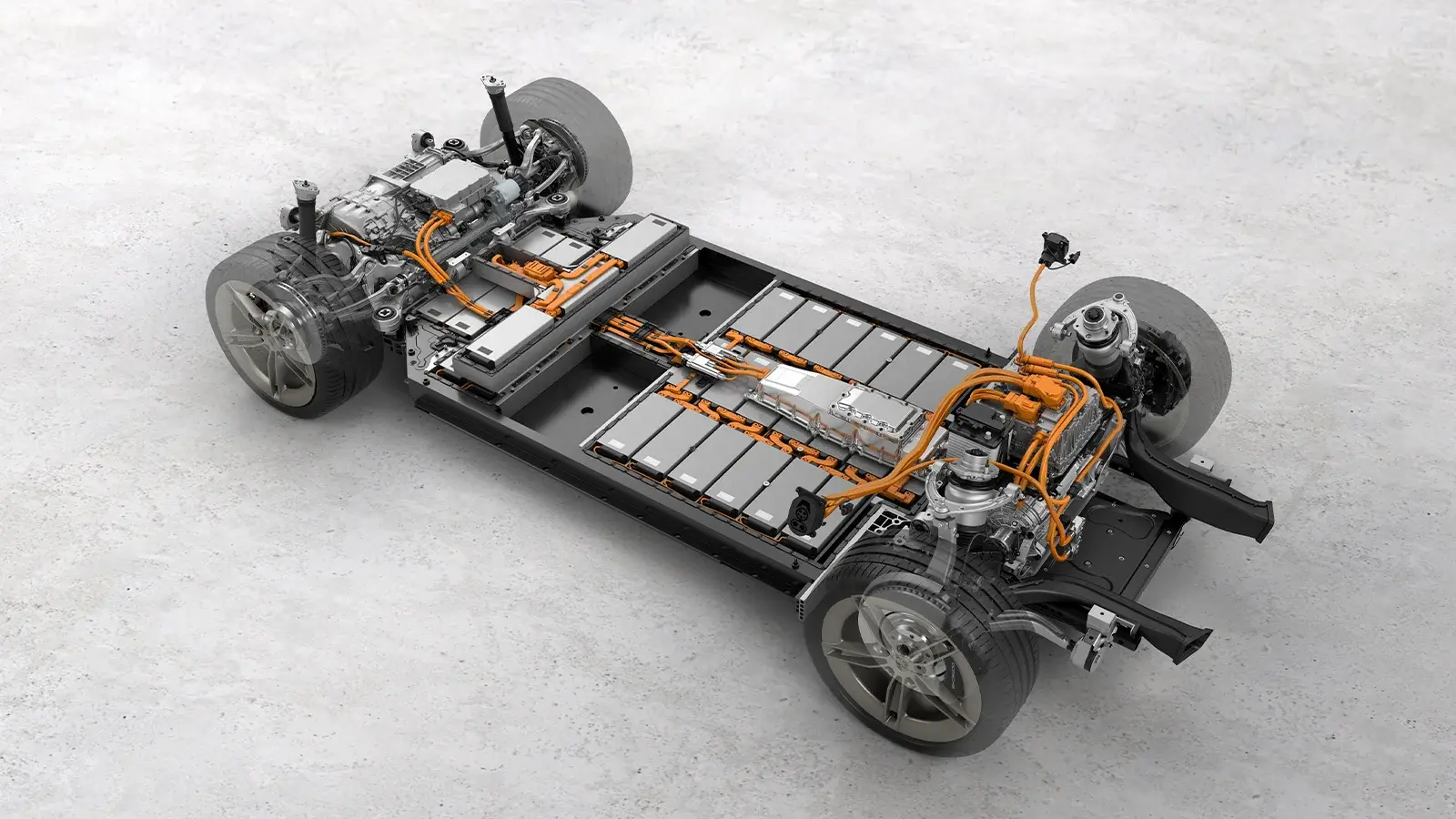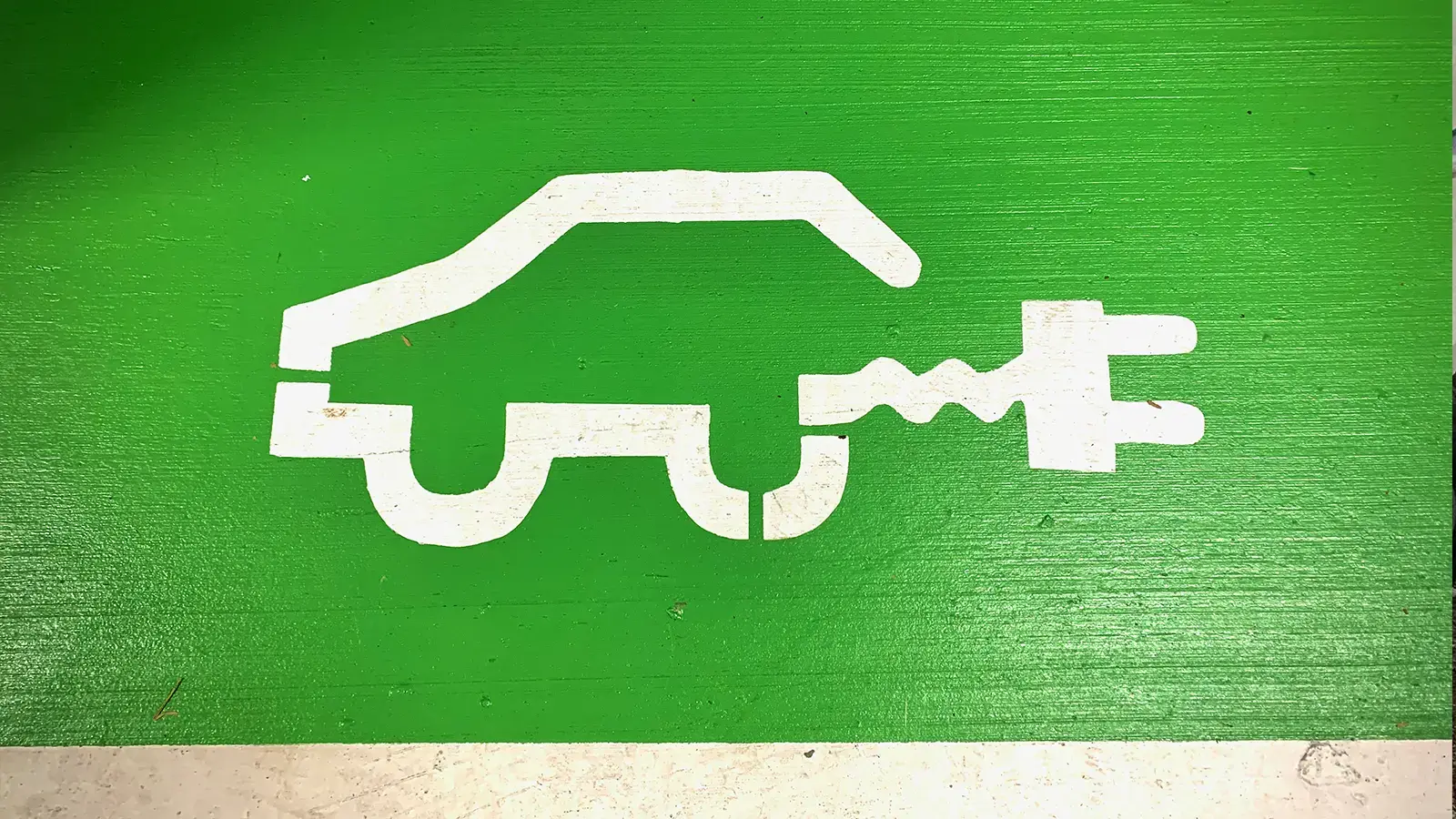Types of EV Batteries
Electric vehicle (EV) batteries come in several different chemistries, each with its own strengths, trade-offs, and use cases. Whether you’re comparing vehicles or just curious about what powers them, this guide introduces the most common battery types found in modern EVs and how they compare.
Why Battery Chemistry Matters
The materials used inside a battery determine its energy density, performance, cost, safety, and lifespan. Automakers choose battery types based on the goals of the vehicle. Some prioritize long range and high power. Others focus on affordability, safety, or durability in extreme climates.

Common Battery Types in EVs
1. Lithium Iron Phosphate (LFP)
- Energy Density: Moderate
- Cycle Life: Excellent (up to 3,000+ cycles)
- Thermal Stability: Very high (resistant to overheating)
- Cost: Lower than other types
Benefits: LFP batteries are affordable, safe, and long-lasting. They perform especially well in city driving conditions and moderate climates.
Trade-Offs: Lower energy density means they provide a shorter range compared to other chemistries of the same size.
Used In: Base versions of Tesla Model 3 and Model Y, some BYD and Ford EVs
2. Nickel Manganese Cobalt (NMC)
- Energy Density: High
- Cycle Life: Good
- Thermal Stability: Moderate
- Cost: Higher than LFP
Benefits: NMC batteries offer excellent range and performance in a compact package, making them a popular choice for long-range EVs.
Trade-Offs: More expensive and less thermally stable than LFP; may require more careful thermal management.
Used In: Kia EV6, Hyundai IONIQ 5, Volkswagen ID.4, Chevrolet Bolt
3. Nickel Cobalt Aluminum (NCA)
- Energy Density: Very high
- Cycle Life: Good
- Thermal Stability: Moderate
- Cost: High
Benefits: NCA batteries deliver high performance and long range. They are commonly found in premium or performance-oriented EVs.
Trade-Offs: Similar to NMC, they are costly and more complex to manage.
Used In: Tesla Model S, Model X, and some Lucid Air variants
4. Solid-State Batteries (In Development)
- Energy Density: Projected to be 2x current lithium-ion
- Cycle Life: Potentially very long
- Thermal Stability: Excellent
- Cost: High, with limited availability
Benefits: Solid-state batteries promise greater range, faster charging, and improved safety by replacing the liquid electrolyte with a solid material.
Trade-Offs: Still in research and pilot phases; commercial availability is expected later this decade.
Used In: Experimental platforms, future models from Toyota, BMW, and QuantumScape-backed partners
How to Know What Your EV Uses
Check your owner’s manual or manufacturer specifications. In most cases, the battery chemistry is not visible from the outside but plays a major role in range, performance, and charging behavior.
Why the Industry Is Shifting to LFP
More automakers are switching to LFP batteries for entry-level vehicles and fleet models. The reasons include:
- Longer lifespan with frequent charging
- Enhanced safety, especially in high-heat regions
- Lower production cost and better sourcing of raw materials
At the same time, long-range and performance EVs continue to use NMC or NCA for their energy density advantages.
Final Thoughts
No single battery type is best for every driver. Your ideal chemistry depends on your driving habits, range needs, and climate. By understanding how battery types differ, you can make more informed EV decisions and better appreciate the innovation powering your vehicle.
See More From Our EV Battery Guide Series
Exploring EV battery fundamentals:
← Go Back: How EV Batteries Work
Discover Next: EV Battery Health and Lifespan: What You Need to Know →












